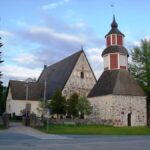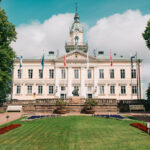In Finland, the New Year is celebrated in various ways, most of which are similar to Western customs. Fireworks, welcoming the upcoming year with friends and family accompanied by good food, dancing, and merrymaking is a way people worldwide embrace the new year. The New Year’s Day of the Gregorian calendar is celebrated from New Year’s Eve (December 31) to New Year’s Day (January 1). New Year’s Day is the first official holiday of the year, which in 2024 falls on a Tuesday. Fireworks might occur between 6:00 PM to 2:00 AM between New Year’s Eve and New Year’s Day. In this article, let’s explore how New Year’s Day is observed in Finland.
History of New Year’s Celebration
The celebration of the New Year has a long history. Over 4000 years ago in Babylon, celebrations marking the start of the New Year took place, although its commencement was in March. Babylonians might have been the first to decide to celebrate the start of the new year. During this time, they settled their debts and returned borrowed items. Over 2000 years ago, Julius Caesar shifted the start of the year to early January. January was named after the two-faced god Janus, symbolically looking at both the past and the future. Romans would offer sacrifices to the gods and make pledges of good behavior on New Year’s Day. After Caesar, the commencement of the year varied from one country to another.
Difference Between Christmas Eve, Christmas Day, and New Year’s Day
Christmas and New Year’s Day are two major celebrations across countries worldwide, which some mistakenly believe are the same, but in reality, only their dates are close. Christmas, celebrated on December 24 or 25, is the birthday of Jesus Christ, where people celebrate on this day and the night before. New Year’s Day is celebrated starting January and is distinct from Christmas. January 1 marks the first day of the new Gregorian year, a week apart from Christmas. Official holidays span from December 24 to January 2, hosting various celebrations and parties. While Christmas is a religious celebration, New Year’s Day is a national one.
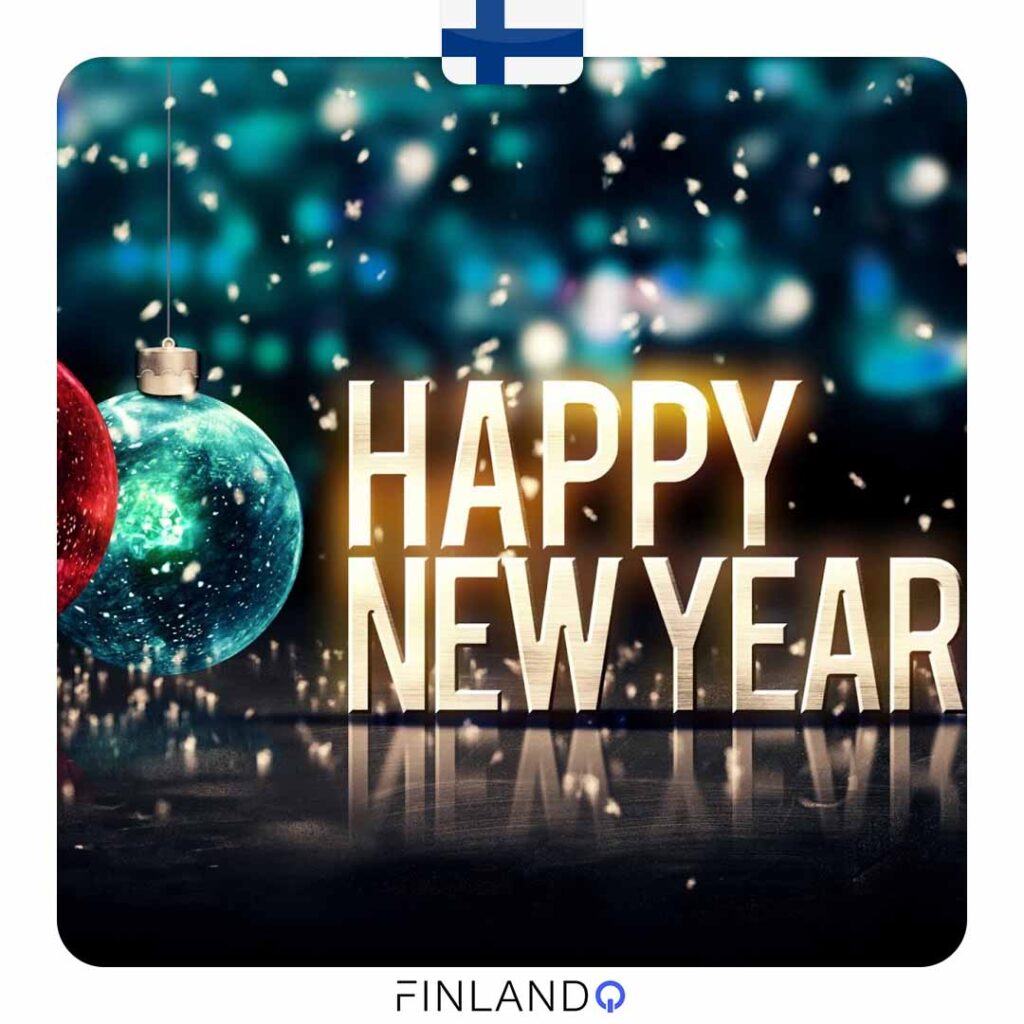
New Year’s Day in Finland
Christmas Eve is more important than other days in Finland, with numerous customs and traditions for this night. For instance, Santa Claus visits every home on Christmas Eve, inquiring if a good child lives there. After receiving a positive response, he delivers gifts to the children of that home and moves on to the next family. Some Finnish people attend church on Christmas Eve, while others prefer to enjoy the tranquility of the sauna. Lighting candles in cemeteries is an old Finnish tradition that remains from wartime. Finns typically spend Christmas Eve and Christmas Day with relatives and visit friends the following day.
As midnight approaches on Christmas Eve, people say, “Hyvää uutta vuotta!” (Happy New Year in Finnish) or “Gott nytt år!” (in Swedish). They embrace each other, shake hands, and exchange good wishes. Most people make positive resolutions on this night and set goals for the new year. Finns stay up late and sleep longer than usual the next day. However, some wake up early and spend the first day of the year skiing, walking in parks, or enjoying the fresh air in the forest.
History of New Year’s Day in Finland
For farmers, it was logical that the year ended after the harvest season. Finns called this period the distribution period. The time and duration varied from place to place, but the New Year’s Day celebration usually occurred between October and November, coinciding with the ancient harvest festival. The distribution period in Finland lasted approximately 12 days, believed to forecast events of the upcoming year.
Finnish people believed that during this period, spirits were active and illnesses affected people more easily. Work during the distribution period was forbidden; clothes were not washed, and killing animals was avoided. It was believed that if someone did these activities, wolves would threaten the sheep in the coming year. By the end of the 19th century, New Year’s Day had turned into a popular day for visiting villages among the aristocracy. They attended church and prayed for the upcoming year. Sending New Year’s cards also became common at the end of the 19th century.
Ancient Coffee Cup Fortune-Telling Tradition on New Year’s Day
In the past, Finns placed significant importance on coffee cup fortune-telling. Objects hidden under coffee cups indicated what future events would unfold. For example, a ring symbolized engagement, a black cloth represented sorrow, and a red piece of fabric signified happiness. The prediction involved mixing 10-12 cups with hidden objects underneath. The person seeking fortune would draw three cups, each representing the beginning, middle, and end of the year.
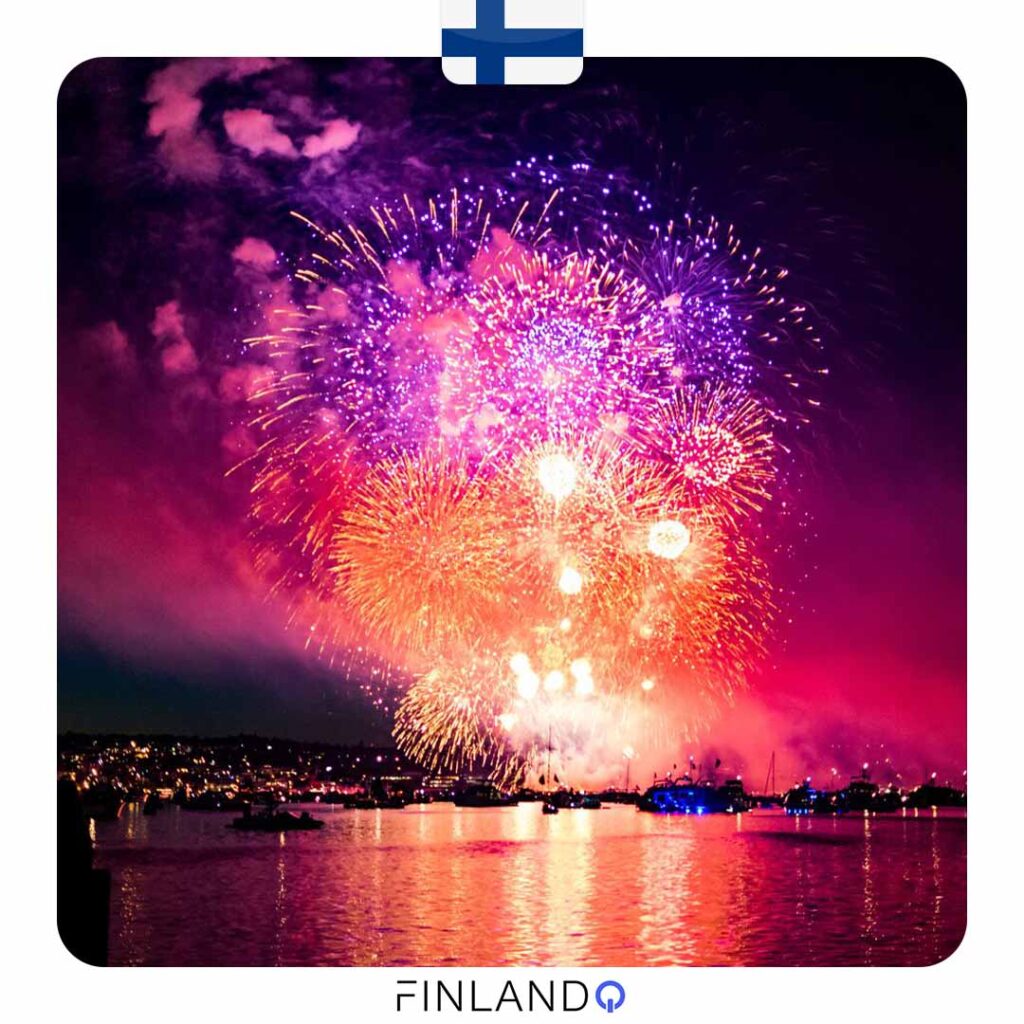
History of New Year’s Fireworks in Finland
One of the traditions that survived from the past is the fireworks on New Year’s Day. In Finland, New Year’s was considered a dangerous time as it was believed that evil spirits were active. According to a tradition borrowed from Germany and Austria, it was believed that the loud noise from fireworks would ward off these evil spirits, hence the fireworks. For over a hundred years now, fireworks have been a part of New Year’s celebrations. Fireworks became popular in Finland in the 1920s and 1930s.
President of Finland’s New Year’s Day Speech
In the early years of Finland’s independence, the President hosted receptions for diplomats, high-ranking officials, and officers on New Year’s Day instead of Independence Day. Later, the reception was shifted to Independence Day, but the tradition of the President’s New Year’s Day speech remained. The first New Year’s Day speech by the President of Finland was delivered in 1934. Initially broadcasted through the radio, these speeches later transitioned to television. The first televised New Year’s Day speech was delivered by Urho Kekkonen in 1958. The President is responsible for writing the text of the first speech of the year.
Various Food on New Year’s Day
On New Year’s Day, one can indulge in simple meals and snacks. In Finland, Christmas Eve features a wide variety of dishes, with the main New Year’s meal being served on this night. However, on New Year’s Day, people prefer contemporary foods like potato salad and fried potatoes. Traditional New Year’s celebrations in Finland typically involve champagne or various other mocktails. The sales of these drinks noticeably increase in the days leading up to the holidays.
Best Places to Celebrate New Year’s Day in Finland
Helsinki, as the capital and largest city, serves as the primary hub for New Year’s celebrations, with the main square being an ideal place for celebrations. This large area, constructed in the 19th century by Tsar Alexander II of Russia to select Helsinki as a capital, is where speeches, national anthems, and fireworks take place. If one prefers a quieter environment for celebration, a trip to Northern Finland, spending New Year’s Day in Lapland, could be a choice. Activities here include reindeer sledding, snow, and witnessing the Northern Lights. Relax in the wooden cabins and find more tranquility in the sauna.
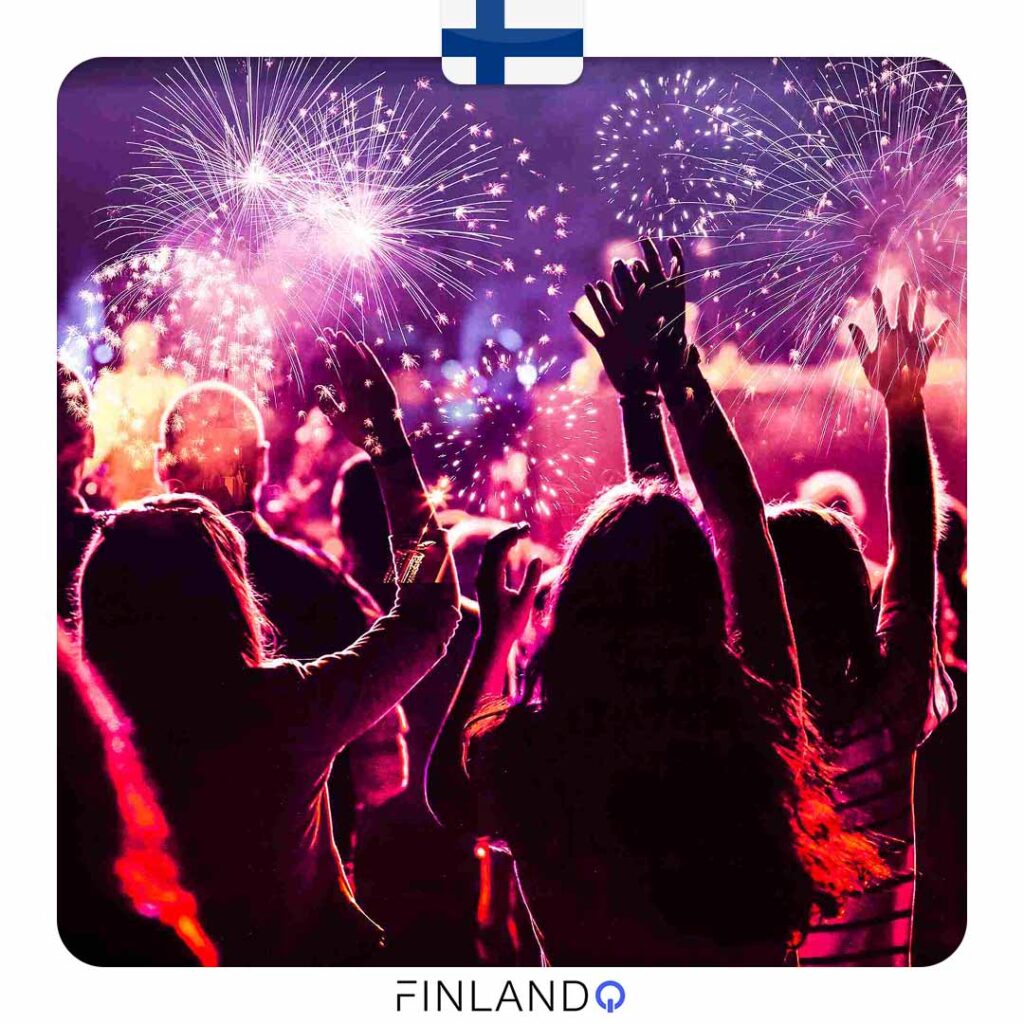
Closing Words
On New Year’s Eve, people in Finland host guests at home, gather in restaurants, dance, and enjoy lively concerts. Eating well during this occasion is essential and can range from a tasty homemade meal to a calorie-filled dinner. Fireworks remain a significant tradition of New Year’s Day. For instance, people in Helsinki gather in the main square to celebrate New Year’s Eve with fireworks and music.


